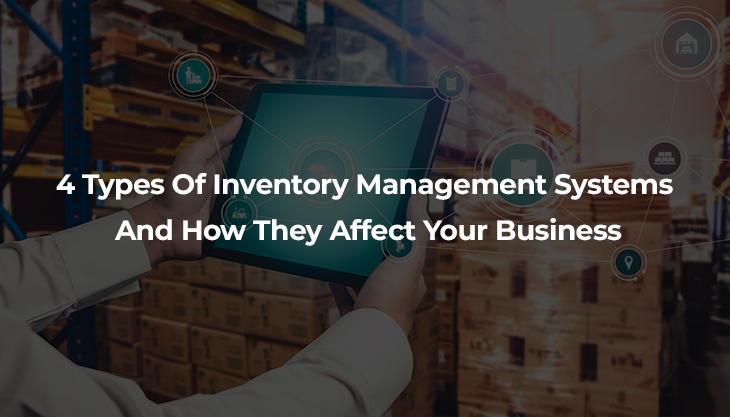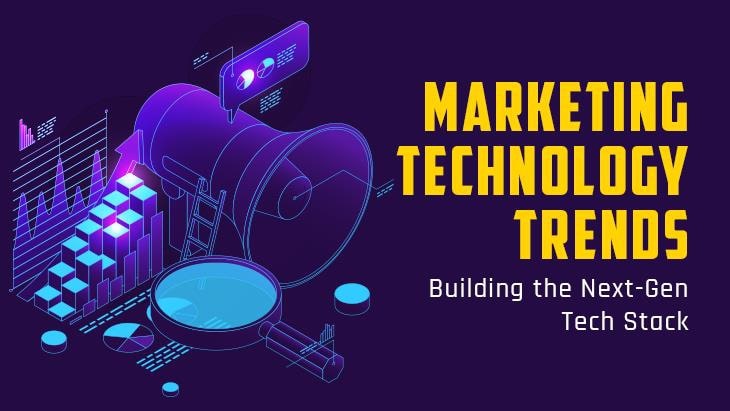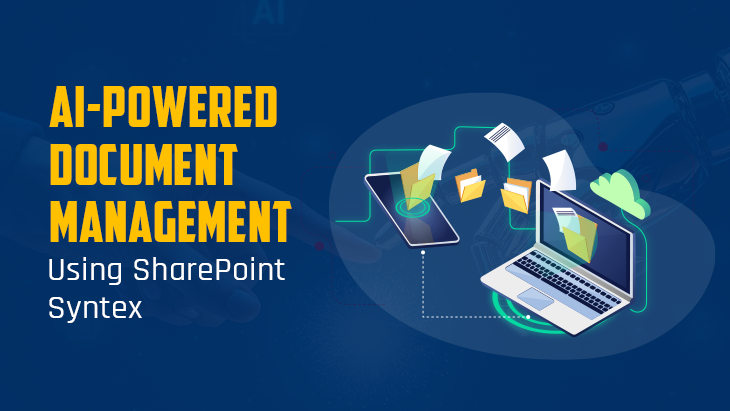What Is Inventory Management?
Inventory management aids businesses in determining which merchandise to order when and in what quantities. Inventory is tracked from product acquisition to sale. To guarantee there is always adequate inventory to fulfil client orders and proper warning of a shortfall, the technique recognises trends and reacts to them.
Inventory turns into revenue after it is sold. Inventory ties up cash before it is sold, while being listed as an asset on the balance sheet. As a result, having too much stock is expensive and lowers cash flow.
Inventory turnover is one metric for effective inventory management. Inventory turnover is a metric used in accounting to determine how frequently stock is sold over time. A company doesn't want to have more inventory than sales. Deadstock, or unsold stock, can result from a lack of inventory turnover.
Why Is Inventory Control Vital?
Some important Inventory Management Features:
Because it helps to ensure that there is rarely too much or too little product on hand, inventory management is essential to a company's health because it lowers the danger of stockouts and inaccurate records.
In order to comply with Securities and Exchange Commission (SEC) standards and the Sarbanes-Oxley (SOX) Act, public corporations must keep track of their inventory. To demonstrate compliance, businesses must document their management procedures.
Benefits of Inventory Management
The ability to fulfil incoming or open orders and increased earnings are the two key advantages of inventory management which Techasoft manages very well. Along with inventory management,
1. Saves Cash:
Understanding stock trends will help you better utilise the stock you already have by allowing you to know how much and where you have it in stock. Because you can fill orders from anywhere, you may keep less inventory at each location (store, warehouse). This lowers the cost of holding inventory and reduces the amount of inventory that is unsold before it becomes obsolete.
2. Enhances Cash Flow:
With effective inventory management, money is always flowing through the company because it is spent on inventory that customers buy.
3. Makes Customers Happy:
Making sure clients get what they want right away is one way to cultivate loyal patrons.
What Are The 4 Different Categories Of Inventory?
Raw materials, work-in-progress (WIP), finished goods, and maintenance, repair, and overhaul (MRO) are the four categories of inventory that are most frequently used (MRO). Knowing the type of inventory you have allows you to manage it more effectively and practise better inventory control. To handle all of that goods, you must select the best inventory management system.
1. Basic Resources
Raw materials are substances that are required to transform your inventory into a finished product. These inventory items are fragments of component parts that are presently on hand but have not yet been incorporated into either the work-in-process or the finished goods inventories.
Raw materials come in two varieties: direct and indirect. Direct materials are used in completed goods directly, whereas indirect resources are incorporated into overhead or manufacturing costs.
An illustration of inventory would be leather, which is a direct raw material used to manufacture belts for your business. Or the cotton used in artificial flowers would be regarded as direct raw materials if you sell them for your interior design company.
Lightbulbs, batteries, or anything else that indirectly keeps your shop functioning can be considered indirect raw resources.
2. Work in Progress
Work-In-Process (WIP) inventory is, as the name suggests, inventory that is currently being worked on. When it comes to costs, WIP is made up of raw materials (and, occasionally, labour charges) that are still "in production" at the conclusion of the accounting period.
In other words, WIP inventory includes any direct and indirect raw materials that your company uses to produce completed goods.
Example of inventory: If you sell medical equipment, the packaging would be seen as work-in-progress. This is so that the medication can be packaged properly before being supplied to the consumer. It's actually still a work in progress.
Another illustration would be a specially ordered bridal gown that isn't nearly done by the time the fiscal year's conclusion comes around. The bridal dress' lace, silk, and taffeta are no longer considered to be raw materials, but they also aren't quite "finished things" either.
3. Delivered Items
The finished goods inventory is conceivably the easiest to understand of all inventory kinds. That stock that you have on your website offered for sale? They are completed things. This category includes any item that is prepared to be sold to your clients.
An example of finished goods from an inventory would be a pre-assembled fruit salad, a bathrobe with a personalised monogram, or an employee-ready laptop.
4. MRO and Overhaul
MRO inventory, also referred to as maintenance, repair, and operating supplies, is all about the little things. Inventory is something that is needed to assemble and market the finished product but is not a part of it.
This inventory may be in storage, at a supplier, or in transit for delivery, depending on the details of your firm.
Gloves used to handle product packaging, for instance, would be categorised as MRO. These might also include common office supplies like pens, highlighters, and paper.
The Benefits Of Inventory Management Software
It might be difficult to keep track of all that inventory, especially if your goods are dispersed throughout different locations. This is particularly true if you continue to use antiquated tools like spreadsheets.
However, you can maintain an organisation with the correct inventory management software. The amount of merchandise you currently have in stock is immediately visible thanks to inventory software, which also notifies you when you run out. It's also a simple method to keep track of what stage of the process each item in your inventory is at. It is much more user-friendly thanks to customizable features.
Inventory Management Systems Software Development allows you to:
* Keep track of your existing inventory levels so you can decide whether to order more of the items you require.
* Inform you of the cost of particular inventory goods.
* The movement of the inventory.
* By quickly scanning things with barcodes or QR codes, you can save time.
















Post Comments